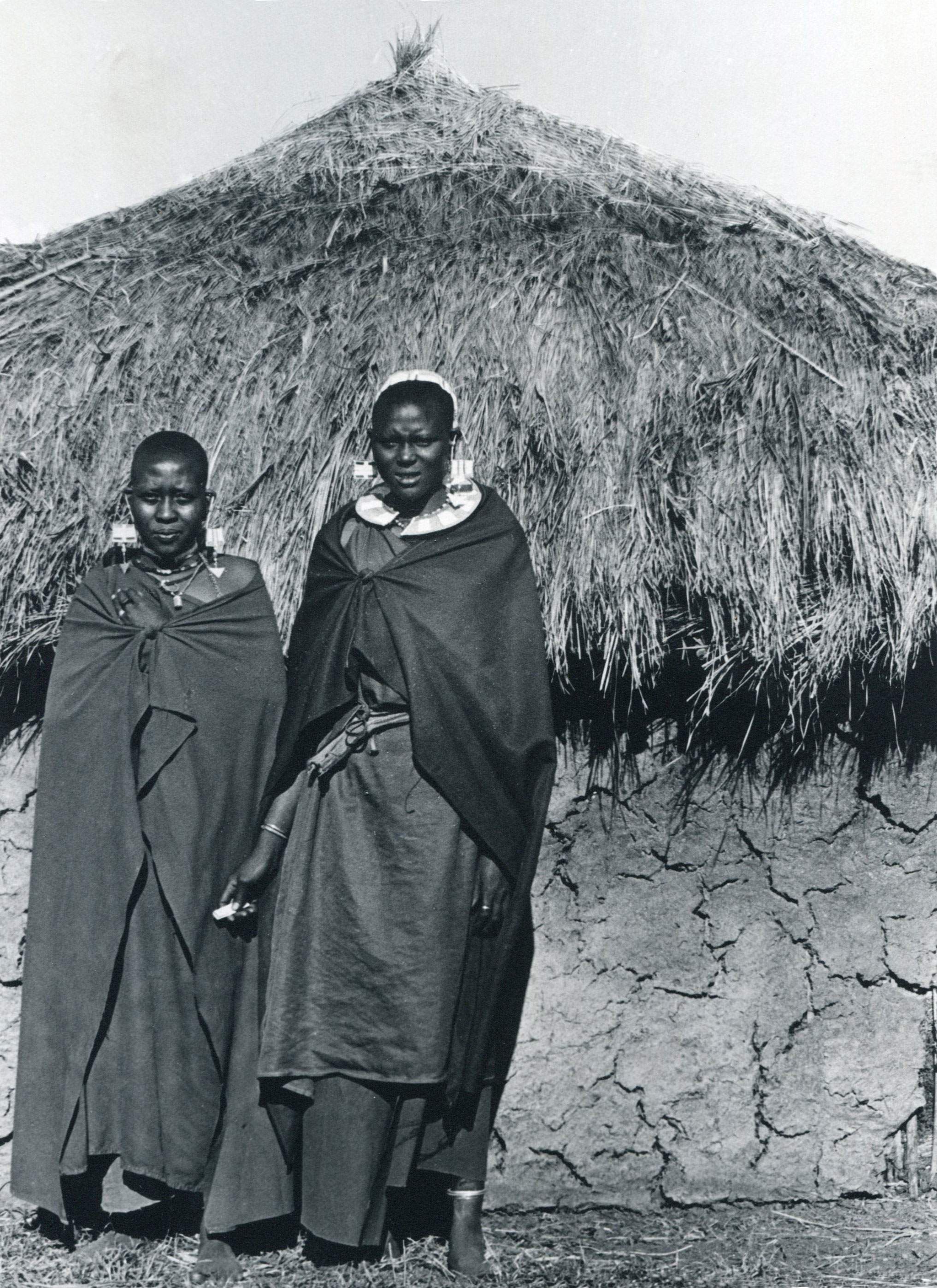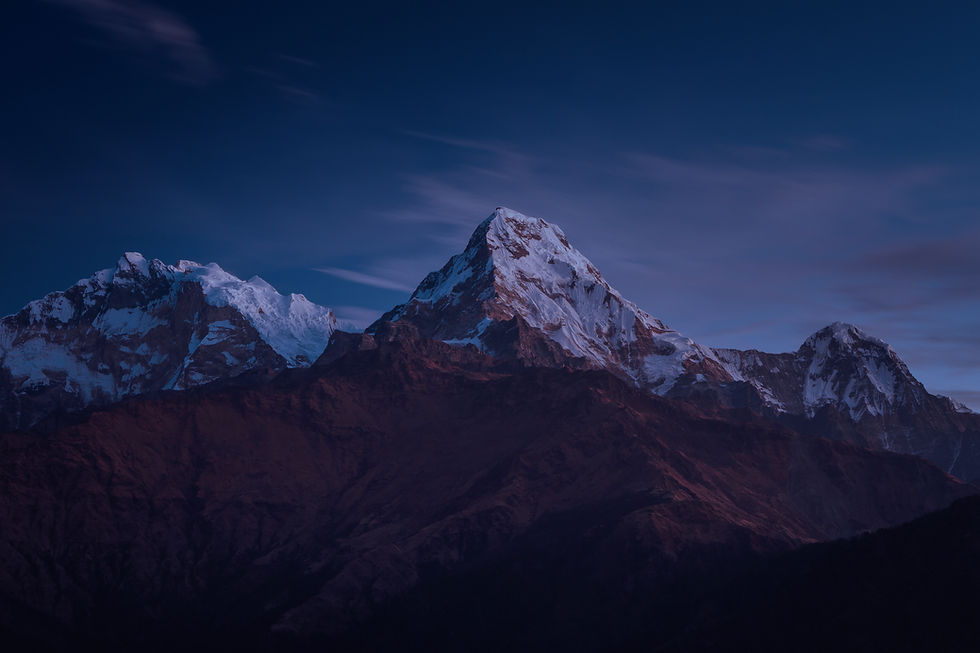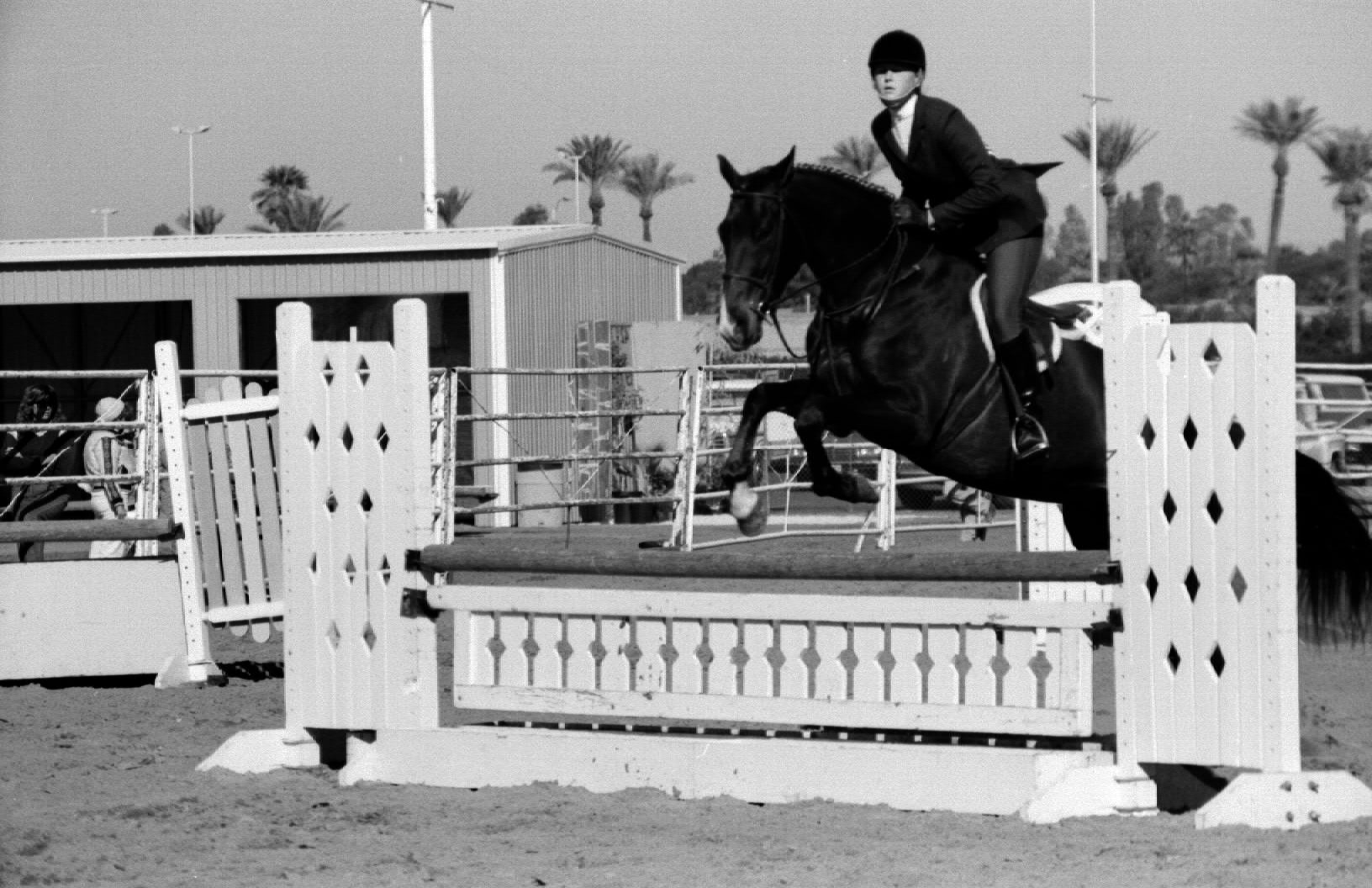
Michael’s background in ceramics did not translate well into making a living. To survive, he used the job board at the Art Institute to dig up anything that was 3D-related. It started with small projects like making giftware, and expanded into making toys, sculpting trophies and architectural restoration. Every job was different and required Michael to teach himself how to use various mold making and casting materials to complete each project.
New Heights
Michael was extremely fortunate to find a loft studio space after graduating from the Art Institute. The loft was a 7,000 square foot former ballroom in a converted 1920s hotel. The Lorali in Uptown Chicago was, and still is, a Single Room Occupancy (SRO) for Section 8 government-supported housing. Michael and two of his roommates slowly converted the loft into a useable space by salvaging materials from construction sites and putting all their dollars into building materials. It was here that Michael’s first business, Mold Making and Design, Inc. was born.
First Business Venture
Michael’s sister and brother-in-law had a small business photographing horses. He traveled around the country with them in an old 1950s Greyhound bus that was converted into a motor home. Being around two photographers inspired Michael to take his interest in photography more seriously.
Inspired In The 90's
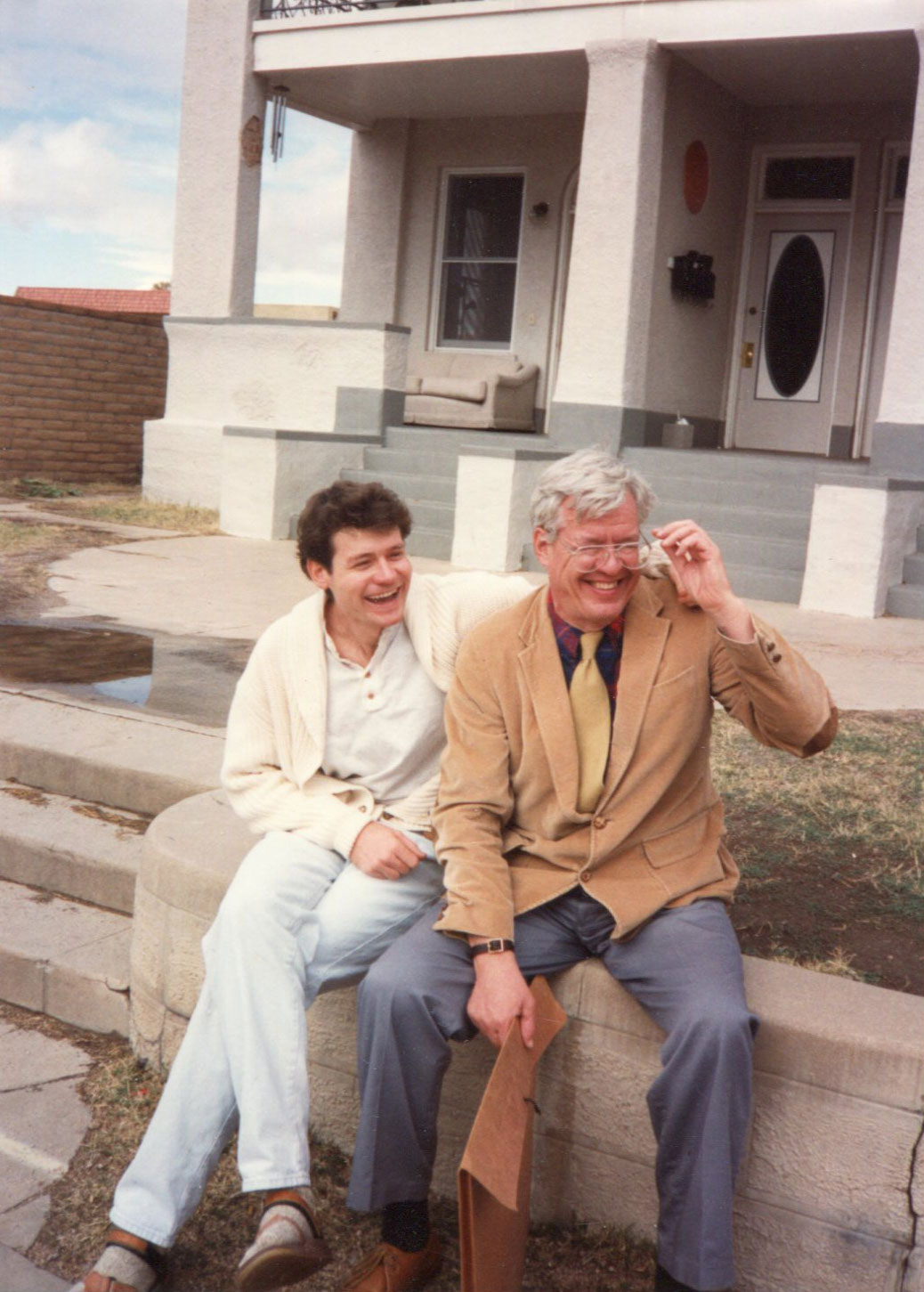
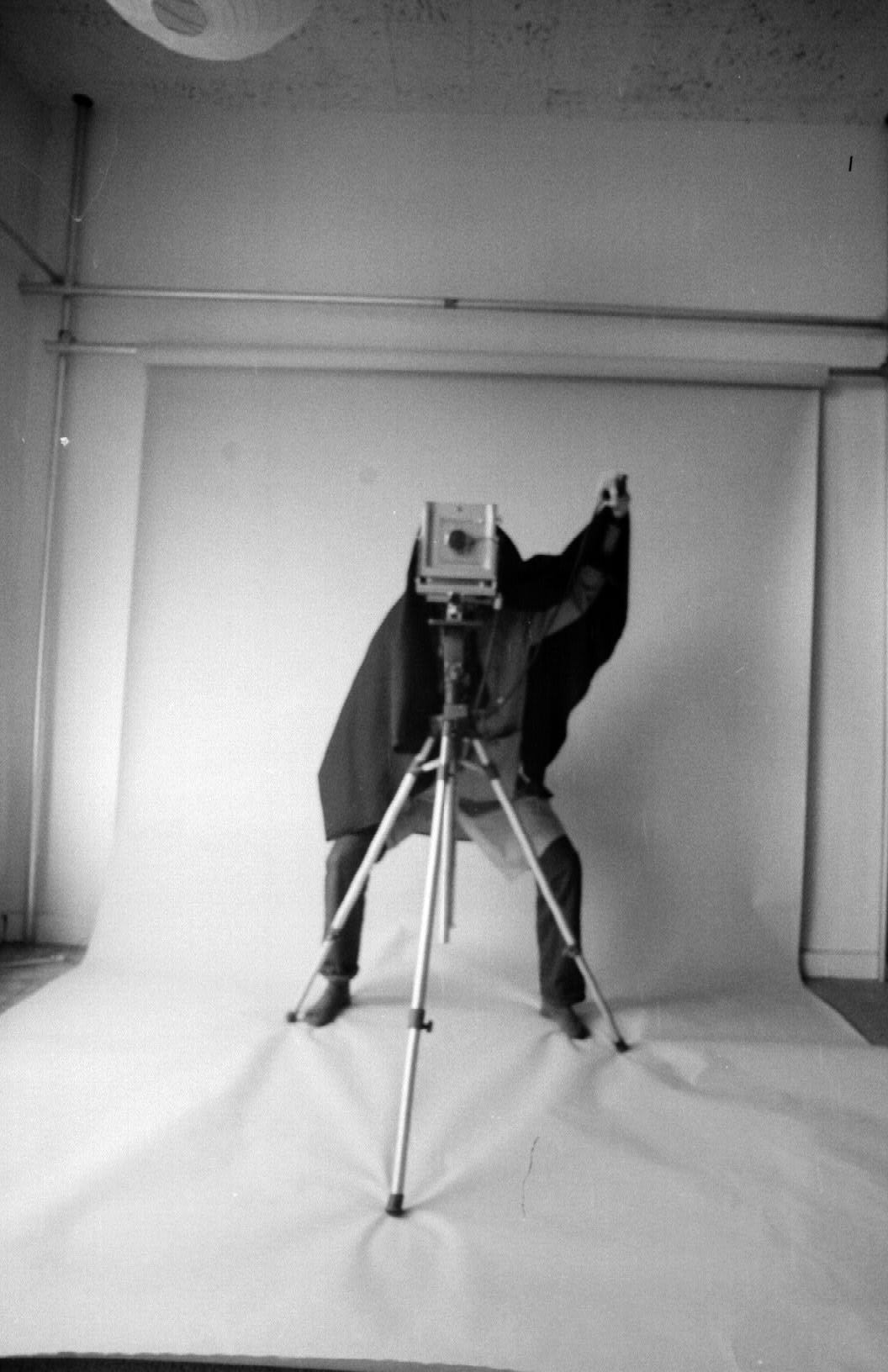
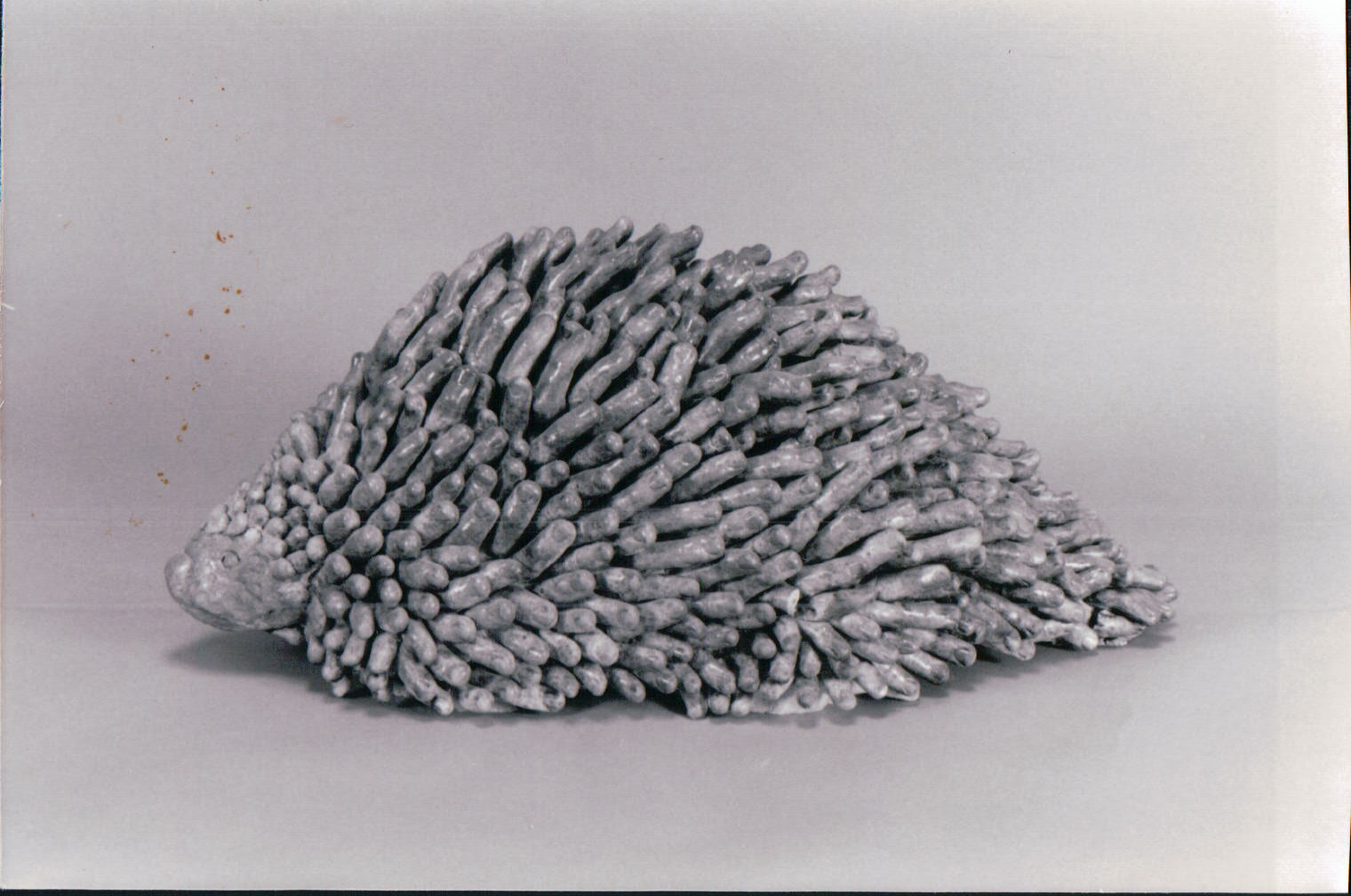
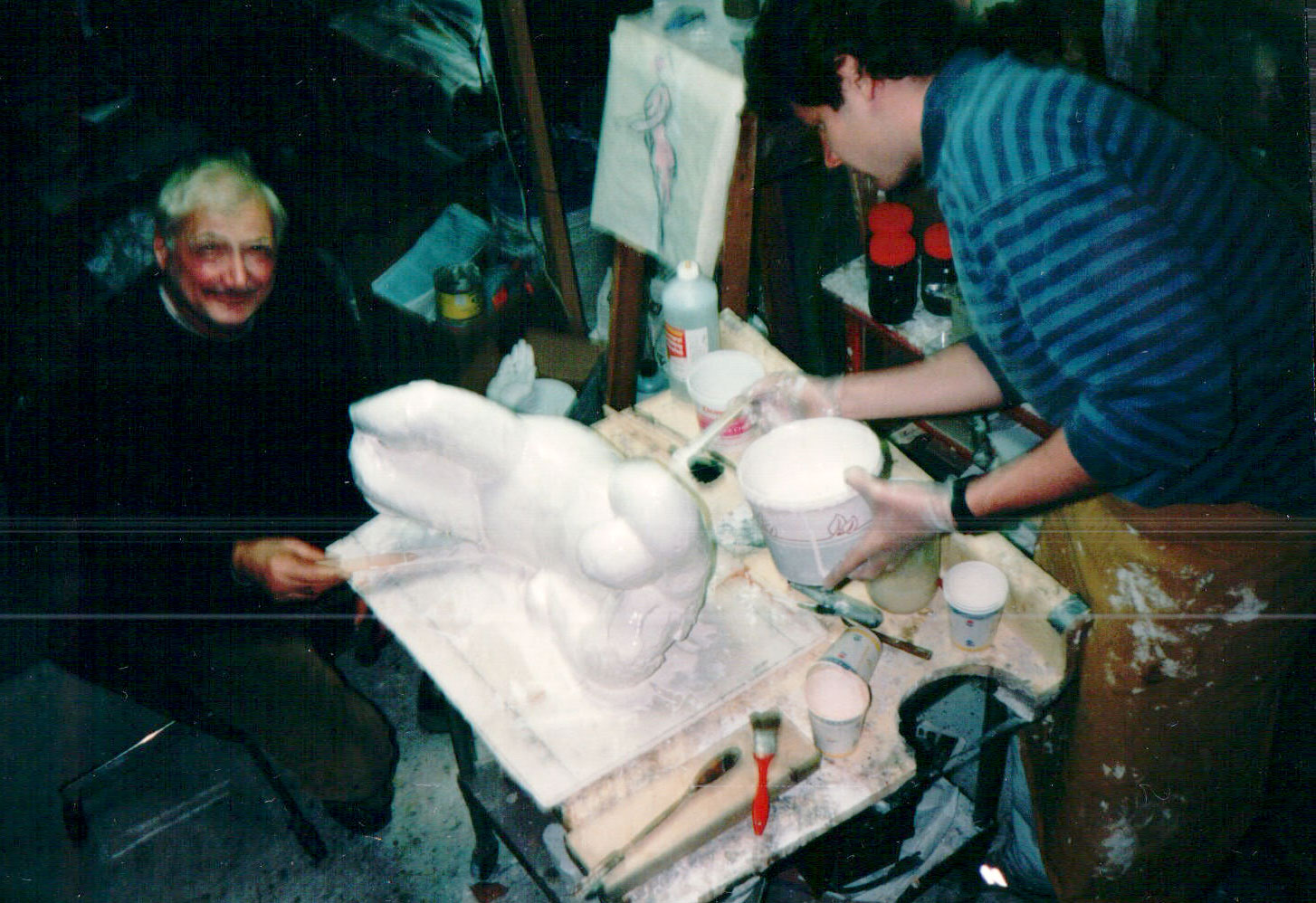

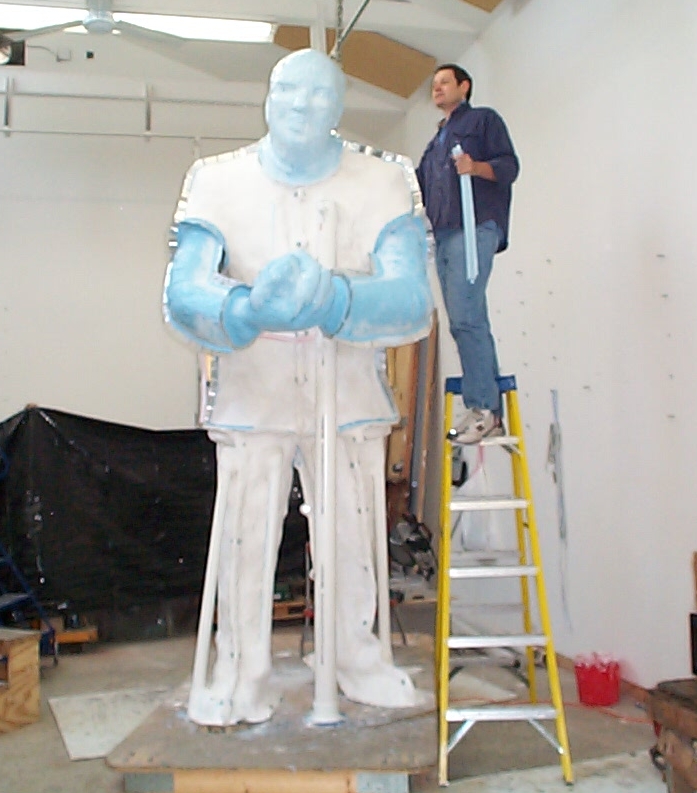
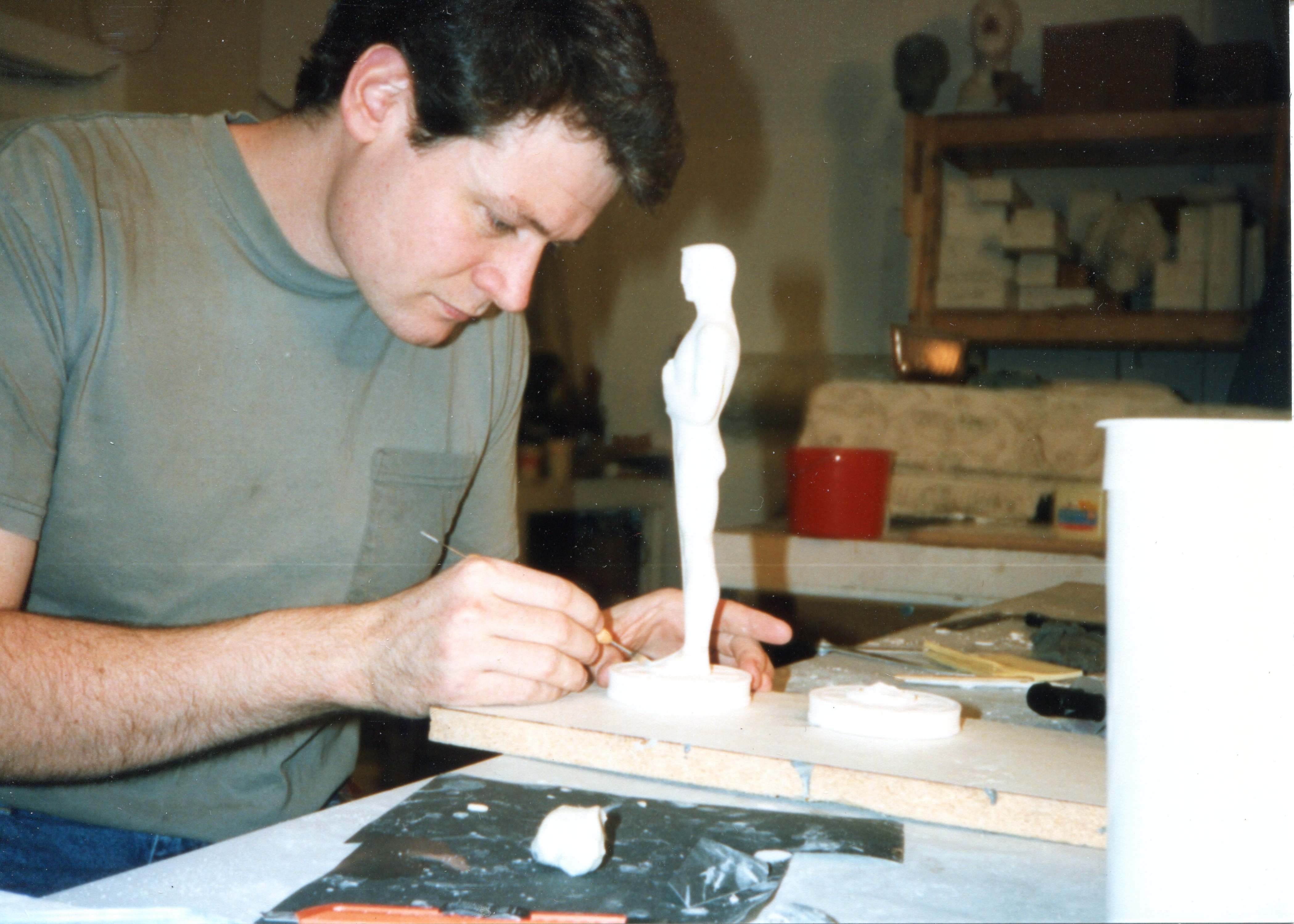

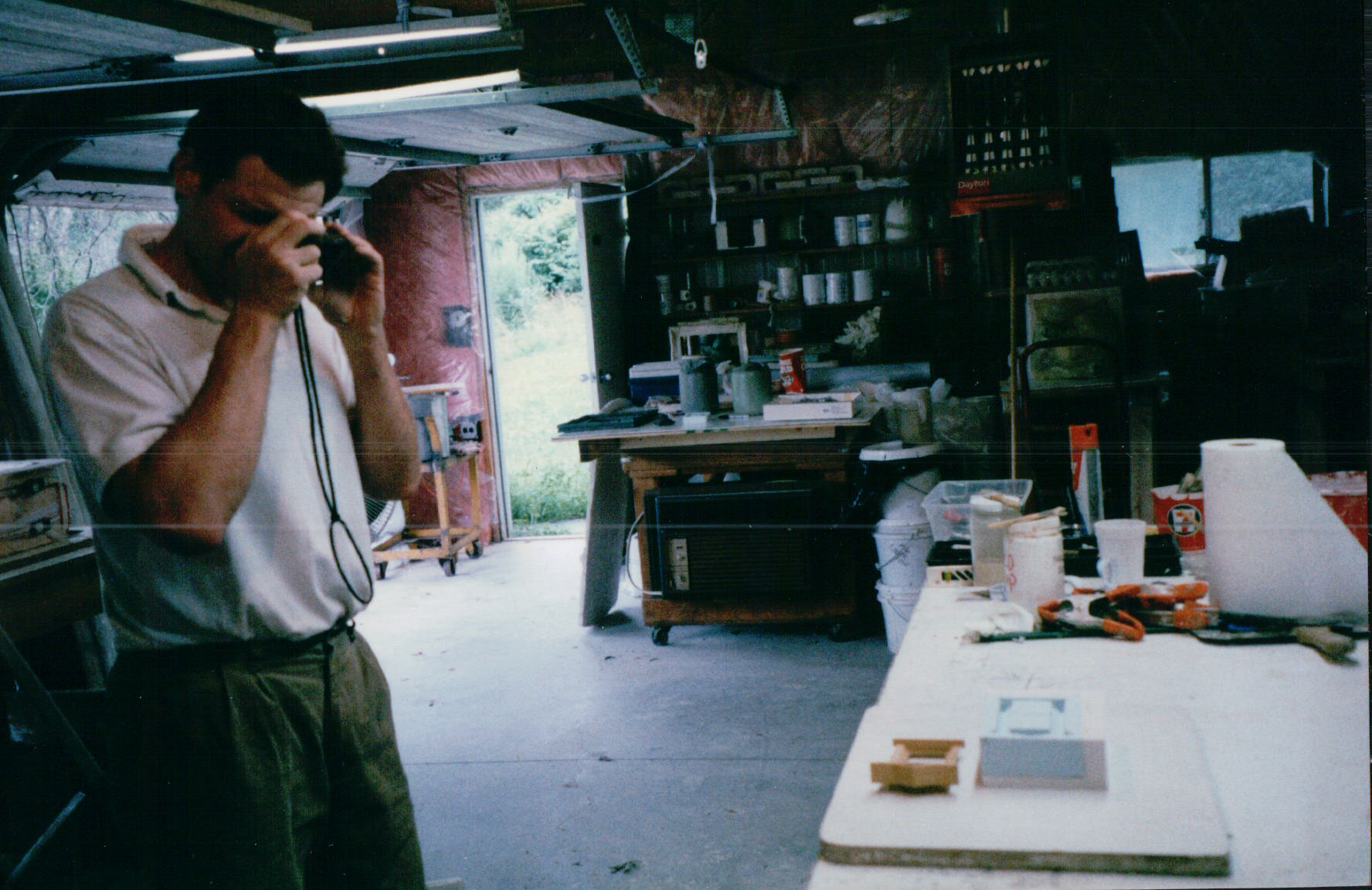




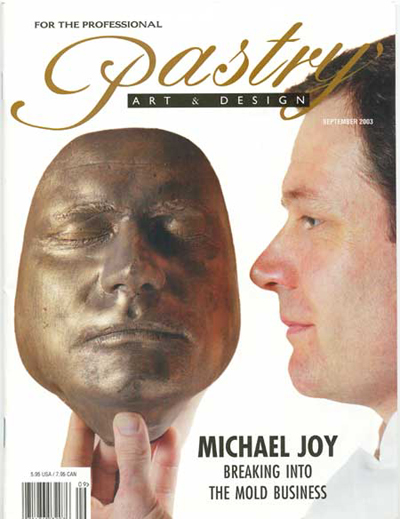
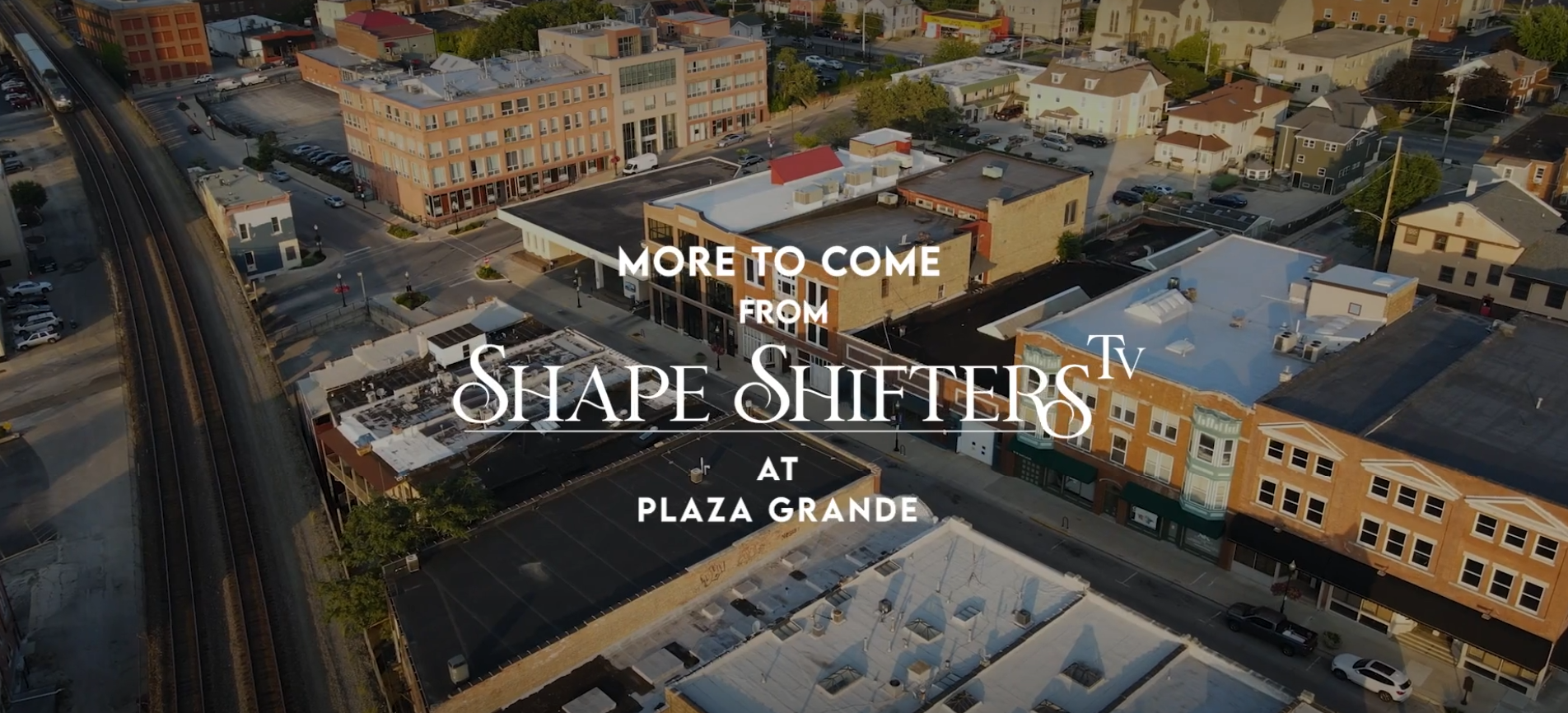
After five years of very exciting but stressful business ventures, Michael had accomplished many notable achievements and a moderate level of success. However, he found himself feeling extremely burnt out and looking for rest. With a desire to get back to his own artwork, Michael closed the business
Stressful Achievements
Realizing that Michael had very little direction or focus, his stepfather Andrew encouraged him to attend the Art Institute of Chicago to learn more about photography. Without pushing or forcing Michael, the opportunity to attend college turned out to be a move that changed his life forever.
Chicago Bound
While attending the Art Institute of Chicago, Michael had an internship at Photographic Conservation Associates, Ltd. The dynamic owner, Murray Mattenson, taught Michael solid darkroom skills and plenty about old school photography. More life changes took place as Murray took a shy young man and taught him to push hard against illogical establishments and always fight for his voice to be heard. As a martial arts expert, experienced hand-to-hand combat Vietnam veteran and retired sheriff with a degree in law, Murray pushed Michael to make himself heard visually and verbally.
On The Job Fighting
After growing tired of spending endless hours in the darkroom and experiencing difficulty with his vision, Michael looked outside the photography department for his niche. It was in the ceramics department that he found himself feeling most at home. Michael’s stepfather gave him two profoundly important gifts early on. The first was a mechanical drafting set which Michael used to make many drawings for inventions he sought patents on in high school. The second was a very small pocket-sized book on Rene Magritte. The Magritte book forever changed how Michael formulated his creative ideas. Now, he only needed to develop the technical skills to construct them. While at the Art Institute, one of his instructors introduced him to mold making and slip casting. Thousands of pounds of plaster later, Michael realized mold making allowed him a unique way to create his artwork. This picture is of a ceramic porcupine that was built using hundreds of Michael’s fingers cast in clay.
Art School
After graduation, Michael took a weeklong trip to upstate New York to work with a family friend who was a sculptor, Rocco Armento. Rocco was generous to give him the time to learn some tips about rubber mold making using his own original work. It was a great week, one that made a huge impact on Michael’s interest in learning more about making rubber molds, something he did not do at all in art school.
Graduation
With uncanny timing, a family friend needed someone to look after his country home in rural Illinois during a prolonged medical illness. What was intended to be a short winter and spring stay turned into a three year “Walden Pond.” To date, the time spent at this house has been the most critical artistic influence in his life. It was during this time that Michael was able to reconnect with nature, reduce his stress and focus on his personal art projects.
Sanctuary
At this point, Michael had acquired the technical knowledge to manipulate shape without restriction. Endless hours at the library allowed Michael to saturate himself in the study of art history, architecture and other creative arts. The country home was built in the '30s and was very well-made with quality accents and fine furnishings. Living in this environment allowed Michael to absorb the aesthetic of the house, its substantial quality craftsmanship and timeless qualities—all of which are key elements in his artwork. Although Michael and his cat Sadie were alone on the estate, every hour seemed to be filled with reading, meditation, writing, sketching, and sculpting. Within the three-year period he spent there, Michael wrote and photographed several technical books, conceptualized hundreds of sculptures, and completed dozens of works of art.
Creative Culmination
During his last year on the estate, Michael partnered with his long-time friend, Bill Krypel, to form MudMen, Inc. Both men wanted to manufacture unique items for home and garden. Gradually, they shifted their efforts to more high-end work for museum and architectural reproductions. After two years of organizing the legal necessities to manufacture wall hangings for the Frank Lloyd Wright Foundation https://franklloydwright.org/ , they were put out of business as September 11th, 2001 caused all of their customers to cancel their Christmas holiday orders. With a warehouse full of inventory and no customers, they closed the business.
Back To Business
With an empty wallet, Michael needed to re-engage in normal, commercial business activities. One of his mentors offered him the basement in an apartment building on the south side of Chicago (Hyde Park) to make into a studio. It was not meant to be a long-term stay, but ultimately provided an affordable space to start a business over the next several years.
Hidden Studio
After spending years working on art and with limited income opportunities, Michael moved back to Chicago for a new start. The Hyde Park studio (aka the “Kitty Bunker”) was gradually set up and living arrangements were built in. This was a difficult time of rebuilding a business from scratch and readjusting to city life.
The Kitty Bunker
After spending a few years living in the studio basement, Michael was able to rent an apartment in Oak Park. He kept the Hyde Park studio and set up a small classroom at his friend’s glass blowing studio where he opened the Chicago School of Mold Making.
Glass To Sugar
Michael was fortunate to meet a very well-known pastry chef Jacquy Pfeiffer (https://en.wikipedia.org/wiki/Jacquy_Pfeiffer) while working at the glass blowing studio. The two became friends and introduced innovative new food shaping techniques to the pastry industry. Because of Jacquy’s influence in the industry, Michael had rapid opportunities to highlight his technical skills to a new audience. Michael’s contributions to the industry did not go unnoticed. Through his time spent traveling and promoting his trade to the pastry community, Michael was awarded many honors usually reserved only for professional chefs.
I Am Not A Chef
Just as Michael started the School, he met his future business partner, Beatrice Schneider, who used her marketing and creative design skills to promote Michael’s achievements in the pastry industry. Together, with the collaboration of five pastry chefs, they produced a 380-page technical book (Confectionery Art Casting – Mold Making for Pastry Chefs) in 6 months. (Photo note: Michael was the first non-chef to appear on the cover of Pastry Art and Design magazine).
Teamwork
Michael’s business successes have allowed him to branch out into new endeavors. In 2023, he began working on Shape Shifters TV, a contemporary reinvention of a television network. Here at Shape Shifters TV, you will find a portal to a remarkable world of storytelling, philosophy, art, education and creativity. Join us for this journey of growth and expansion with some great laughs along the way!
Full Circle
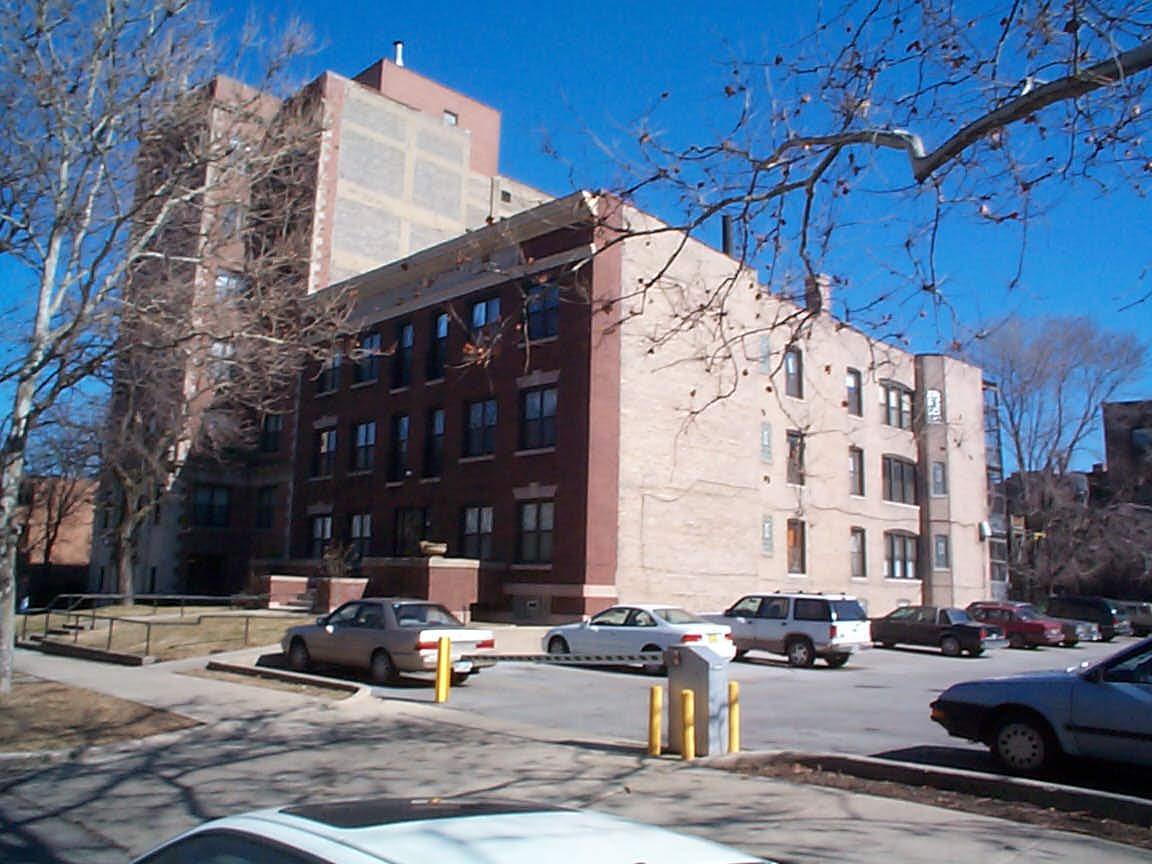
As the food shaping world became Michael's primary focus, he changed the company name to Chicago CulinaryFX. Over the past two decades, Michael invented, designed, tooled and manufactured approximately three hundred unique silicone mold products for the culinary industry. His company also produces custom molds for chefs and culinary teams around the world. With the onset of Covid, his company pivoted into creating precision silicone molds for the cannabis industry, quickly becoming the national leader in the manufacture of silicone molds for edibles.
Culinary Innovator
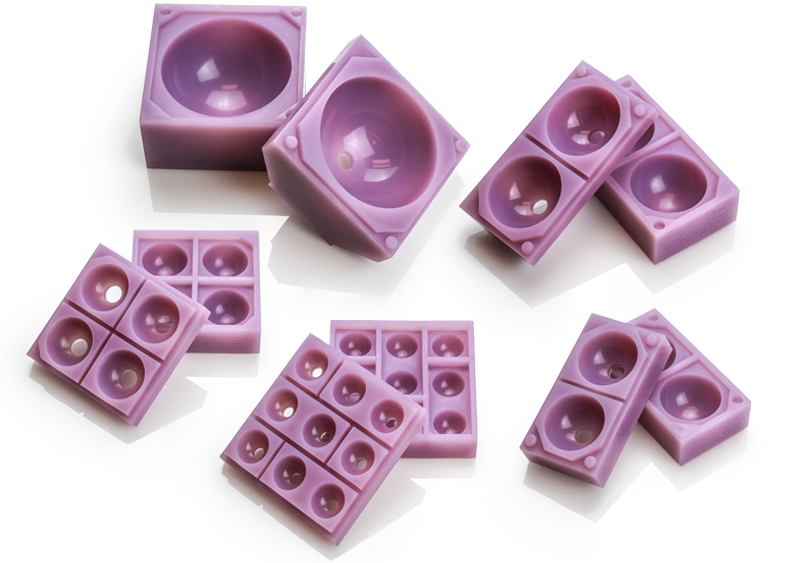

Another one of Michael's endeavors is CBDingo, which is not just about creating products, but setting new standards in the pet CBD industry. CBDingo's commitment to quality is unwavering. It sources only the finest ingredients, ensuring each product is not just effective but also safe for your beloved pets. Its team, led by experts in veterinary science and biomedical research, is dedicated to pushing the boundaries of what's possible in pet care.
CBDingo

A childhood dyslexic, school was a challenge for Michael. Morning chess games with his mom before going to school kept his mind sharp. He was always taking things apart to see how they worked but didn’t do well with reassembly. Michael had a typical amount of childhood art classes, finding an affinity with ceramics in grade school.
Raised In The West

High school was a time completely void of art activities. Michael did not plan on attending college, but instead thought he would go into construction to drive heavy equipment. Even without immediate career goals, Michael’s parents were supportive and always kept things light with their playful sense of humor.
Humor In The House
AN UNUSUAL JOURNEY
How the years get where we are is a bit of a mystery. Here is a thumbnail sketch of a few key stops along the way with each stop helping to shape the next.
- Michael Joy

Raised In The West
A childhood dyslexic, school was a challenge for Michael. Morning chess games with his mom before going to school kept his mind sharp. He was always taking things apart to see how they worked but didn’t do well with reassembly. Michael had a typical amount of childhood art classes, finding an affinity with ceramics in grade school.

High school was a time completely void of art activities. Michael did not plan on attending college, but instead thought he would go into construction to drive heavy equipment. Even without immediate career goals, Michael’s parents were supportive and always kept things light with their playful sense of humor.
Humor In The House

Michael’s sister and brother-in-law had a small business photographing horses. He traveled around the country with them in an old 1950s Greyhound bus that was converted into a motor home. Being around two photographers inspired Michael to take his interest in photography more seriously.
Inspired In The 90's

Realizing that Michael had very little direction or focus, his stepfather Andrew encouraged him to attend the Art Institute of Chicago to learn more about photography. Without pushing or forcing Michael, the opportunity to attend college turned out to be a move that changed his life forever.
Chicago Bound

While attending the Art Institute of Chicago, Michael had an internship at Photographic Conservation Associates, Ltd. The dynamic owner, Murray Mattenson, taught Michael solid darkroom skills and plenty about old school photography. More life changes took place as Murray took a shy young man and taught him to push hard against illogical establishments and always fight for his voice to be heard. As a martial arts expert, experienced hand-to-hand combat Vietnam veteran and retired sheriff with a degree in law, Murray pushed Michael to make himself heard visually and verbally.
On The Job Fighting

After growing tired of spending endless hours in the darkroom and experiencing difficulty with his vision, Michael looked outside the photography department for his niche. It was in the ceramics department that he found himself feeling most at home. Michael’s stepfather gave him two profoundly important gifts early on. The first was a mechanical drafting set which Michael used to make many drawings for inventions he sought patents on in high school. The second was a very small pocket-sized book on Rene Magritte. The Magritte book forever changed how Michael formulated his creative ideas. Now, he only needed to develop the technical skills to construct them. While at the Art Institute, one of his instructors introduced him to mold making and slip casting. Thousands of pounds of plaster later, Michael realized mold making allowed him a unique way to create his artwork. This picture is of a ceramic porcupine that was built using hundreds of Michael’s fingers cast in clay.
Art School

After graduation, Michael took a weeklong trip to upstate New York to work with a family friend who was a sculptor, Rocco Armento. Rocco was generous to give him the time to learn some tips about rubber mold making using his own original work. It was a great week, one that made a huge impact on Michael’s interest in learning more about making rubber molds, something he did not do at all in art school.
Graduation

Michael was extremely fortunate to find a loft studio space after graduating from the Art Institute. The loft was a 7,000 square foot former ballroom in a converted 1920s hotel. The Lorali in Uptown Chicago was, and still is, a Single Room Occupancy (SRO) for Section 8 government-supported housing. Michael and two of his roommates slowly converted the loft into a useable space by salvaging materials from construction sites and putting all their dollars into building materials. It was here that Michael’s first business, Mold Making and Design, Inc. was born.
First Business Venture

Michael’s background in ceramics did not translate well into making a living. To survive, he used the job board at the Art Institute to dig up anything that was 3D-related. It started with small projects like making giftware, and expanded into making toys, sculpting trophies and architectural restoration. Every job was different and required Michael to teach himself how to use various mold making and casting materials to complete each project.
New Heights

After five years of very exciting but stressful business ventures, Michael had accomplished many notable achievements and a moderate level of success. However, he found himself feeling extremely burnt out and looking for rest. With a desire to get back to his own artwork, Michael closed the business
Stressful Achievements

With uncanny timing, a family friend needed someone to look after his country home in rural Illinois during a prolonged medical illness. What was intended to be a short winter and spring stay turned into a three year “Walden Pond.” To date, the time spent at this house has been the most critical artistic influence in his life. It was during this time that Michael was able to reconnect with nature, reduce his stress and focus on his personal art projects.
Sanctuary

At this point, Michael had acquired the technical knowledge to manipulate shape without restriction. Endless hours at the library allowed Michael to saturate himself in the study of art history, architecture and other creative arts. The country home was built in the '30s and was very well-made with quality accents and fine furnishings. Living in this environment allowed Michael to absorb the aesthetic of the house, its substantial quality craftsmanship and timeless qualities—all of which are key elements in his artwork. Although Michael and his cat Sadie were alone on the estate, every hour seemed to be filled with reading, meditation, writing, sketching, and sculpting. Within the three-year period he spent there, Michael wrote and photographed several technical books, conceptualized hundreds of sculptures, and completed dozens of works of art.
Creative Culmination

During his last year on the estate, Michael partnered with his long-time friend, Bill Krypel, to form MudMen, Inc. Both men wanted to manufacture unique items for home and garden. Gradually, they shifted their efforts to more high-end work for museum and architectural reproductions. After two years of organizing the legal necessities to manufacture wall hangings for the Frank Lloyd Wright Foundation https://franklloydwright.org/ , they were put out of business as September 11th, 2001 caused all of their customers to cancel their Christmas holiday orders. With a warehouse full of inventory and no customers, they closed the business.
Back To Business

With an empty wallet, Michael needed to re-engage in normal, commercial business activities. One of his mentors offered him the basement in an apartment building on the south side of Chicago (Hyde Park) to make into a studio. It was not meant to be a long-term stay, but ultimately provided an affordable space to start a business over the next several years.
Hidden Studio

After spending years working on art and with limited income opportunities, Michael moved back to Chicago for a new start. The Hyde Park studio (aka the “Kitty Bunker”) was gradually set up and living arrangements were built in. This was a difficult time of rebuilding a business from scratch and readjusting to city life.
The Kitty Bunker

Michael was fortunate to meet a very well-known pastry chef Jacquy Pfeiffer (https://en.wikipedia.org/wiki/Jacquy_Pfeiffer) while working at the glass blowing studio. The two became friends and introduced innovative new food shaping techniques to the pastry industry. Because of Jacquy’s influence in the industry, Michael had rapid opportunities to highlight his technical skills to a new audience. Michael’s contributions to the industry did not go unnoticed. Through his time spent traveling and promoting his trade to the pastry community, Michael was awarded many honors usually reserved only for professional chefs.
I Am Not A Chef

Just as Michael started the School, he met his future business partner, Beatrice Schneider, who used her marketing and creative design skills to promote Michael’s achievements in the pastry industry. Together, with the collaboration of five pastry chefs, they produced a 380-page technical book (Confectionery Art Casting – Mold Making for Pastry Chefs) in 6 months. (Photo note: Michael was the first non-chef to appear on the cover of Pastry Art and Design magazine).
Teamwork
Culinary Innovator
As the food shaping world became Michael's primary focus, he changed the company name to Chicago CulinaryFX. Over the past two decades, Michael invented, designed, tooled and manufactured approximately three hundred unique silicone mold products for the culinary industry. His company also produces custom molds for chefs and culinary teams around the world. With the onset of Covid, his company pivoted into creating precision silicone molds for the cannabis industry, quickly becoming the national leader in the manufacture of silicone molds for edibles.


Michael’s business successes have allowed him to branch out into new endeavors. In 2023, he began working on Shape Shifters TV, where you will find a portal to a remarkable world of storytelling, philosophy, art, education and creativity. Join us for this journey of growth and expansion with some great laughs along the way!
Full Circle

Michael Joy first became involved with Metaphysics at 16 years old, attending Creative Guidelines — a nonprofit organization based in Phoenix, Arizona. The center, operated by Don Weldon, offered a unique multidimensional curriculum designed to foster spiritual and physical transformation. This experience profoundly influenced Michael's beliefs. Currently, Micahel is still immersed in the teachings of Creative Guidelines and is carrying on Don's legacy. Additionally, he has opened up this Meta-Moments channel to share aspects of his spiritual journey but also to invite others to share their beliefs, perspectives, and experiences related to the metaphysical world.
Meta Moments

Michael Joy begins his series titled Mansion Hunting. In this series, Michael will be visiting many large and unique homes, meeting with the owners to dive into the reasons why they bought a large home in the first place and how it impacts their life both physically and mentally. The show is not intended to be a real estate 'for sale' show, rather it is to discover the mindset a person possesses that enabled them to buy a large home. This is not about rich people and their houses. It is about utilizing the Law Of Attraction to manifest your dreams. Although some videos will show detailed information about house operations, the primary agenda of the show is to discover how a mansion owner thinks. We will never feature an arrogant or entitled homeowner. The people we feature are those who want to encourage others to pursue and achieve their goals for themselves and their families.
Absolute Joy: Mansion Hunting

Interviews and Stories About My Experiences of Working With Thousands of Renowned Chefs From Around The World. Welcome to our new series, Culinary Stories. Michael Joy, food shaping expert and founder of Chicago Culinary FX invites you into his unique 'behind the scenes world' working with globally renowned chefs to help create fresh mystery and beauty via food artistry. Michael Joy interviews a variety of chefs with the intention to learn more about their thinking as a creative force, not only as a maker of excellent food. These interviews are filled with interesting perspectives and vignettes about culinary competitions, restaurateurs and the culture that chefs operate within.
Culinary Stories

The Ignorant Eye
Surrealist sculptor and digital collage artist, Michael Joy begins his new series called the Ignorant Eye. The series launches with a quick introduction to 'Collage Talk' where Michael quickly comments on small groups of images from his personal collage work. Other story lines will include 'Gallery Walk' and 'I Overreact'. Playful, Direct and Sometimes Rude Thoughts About The Art World.


